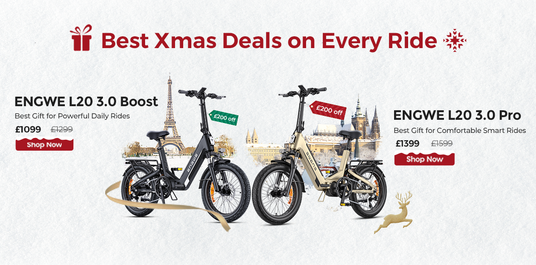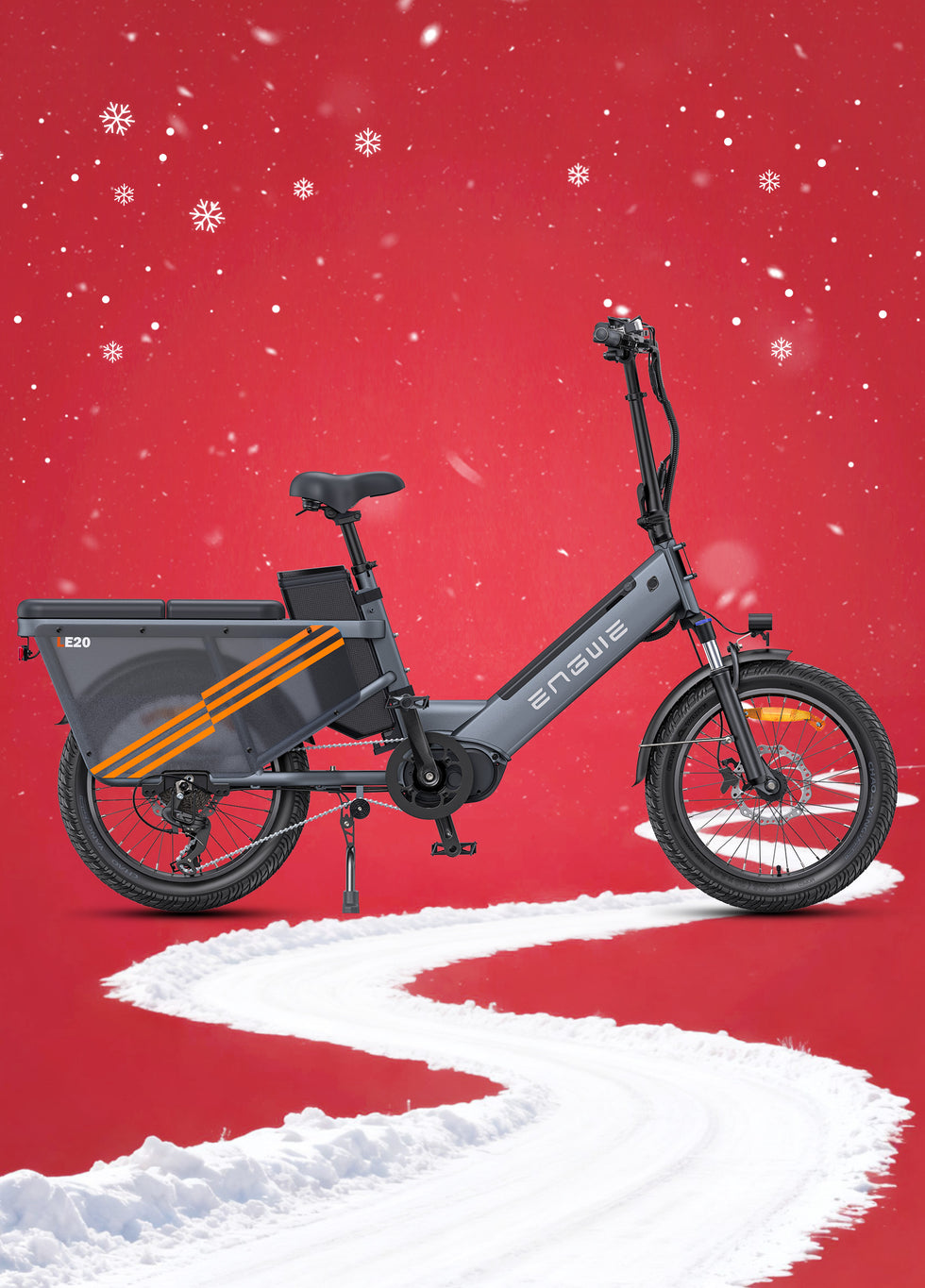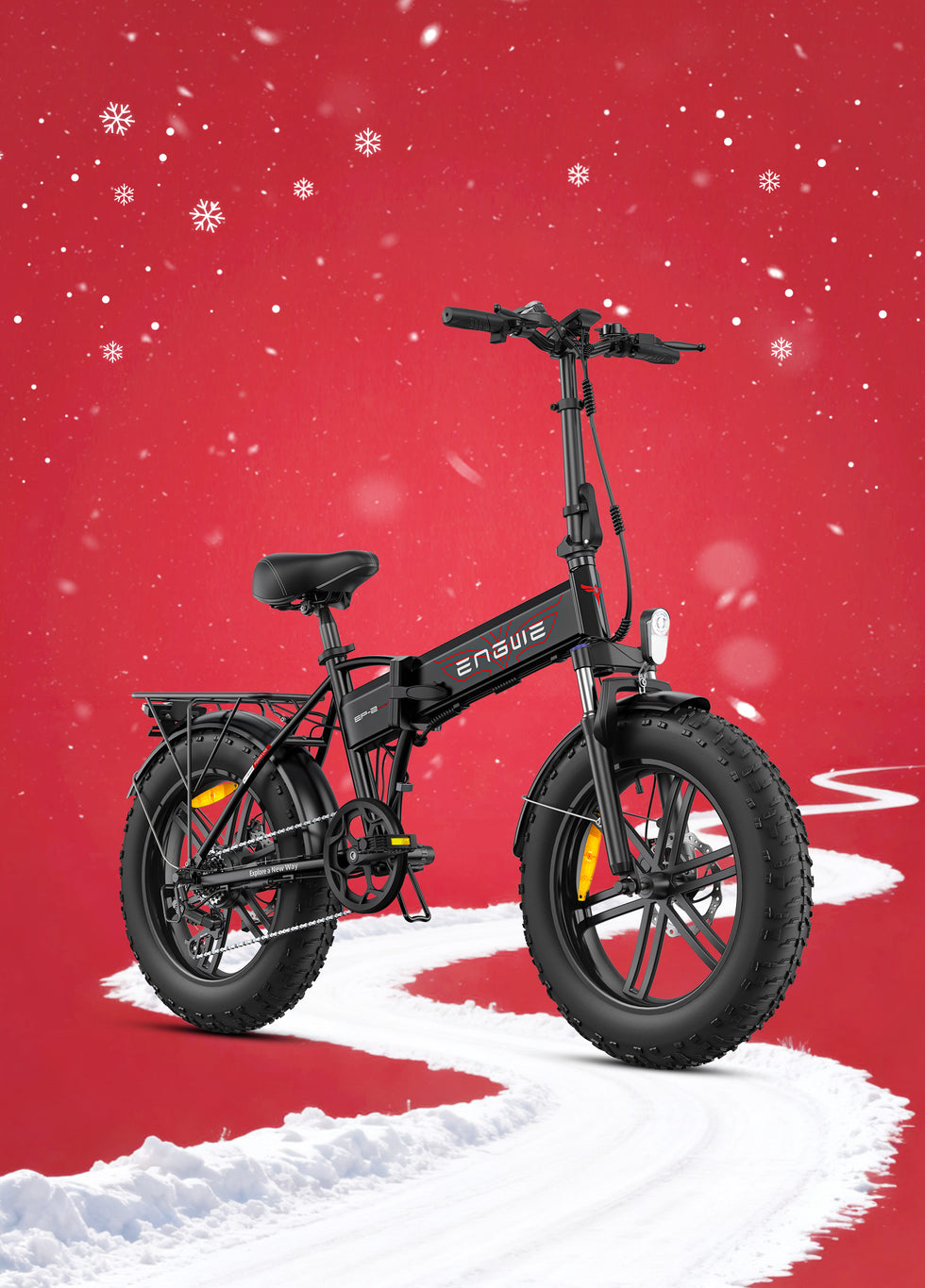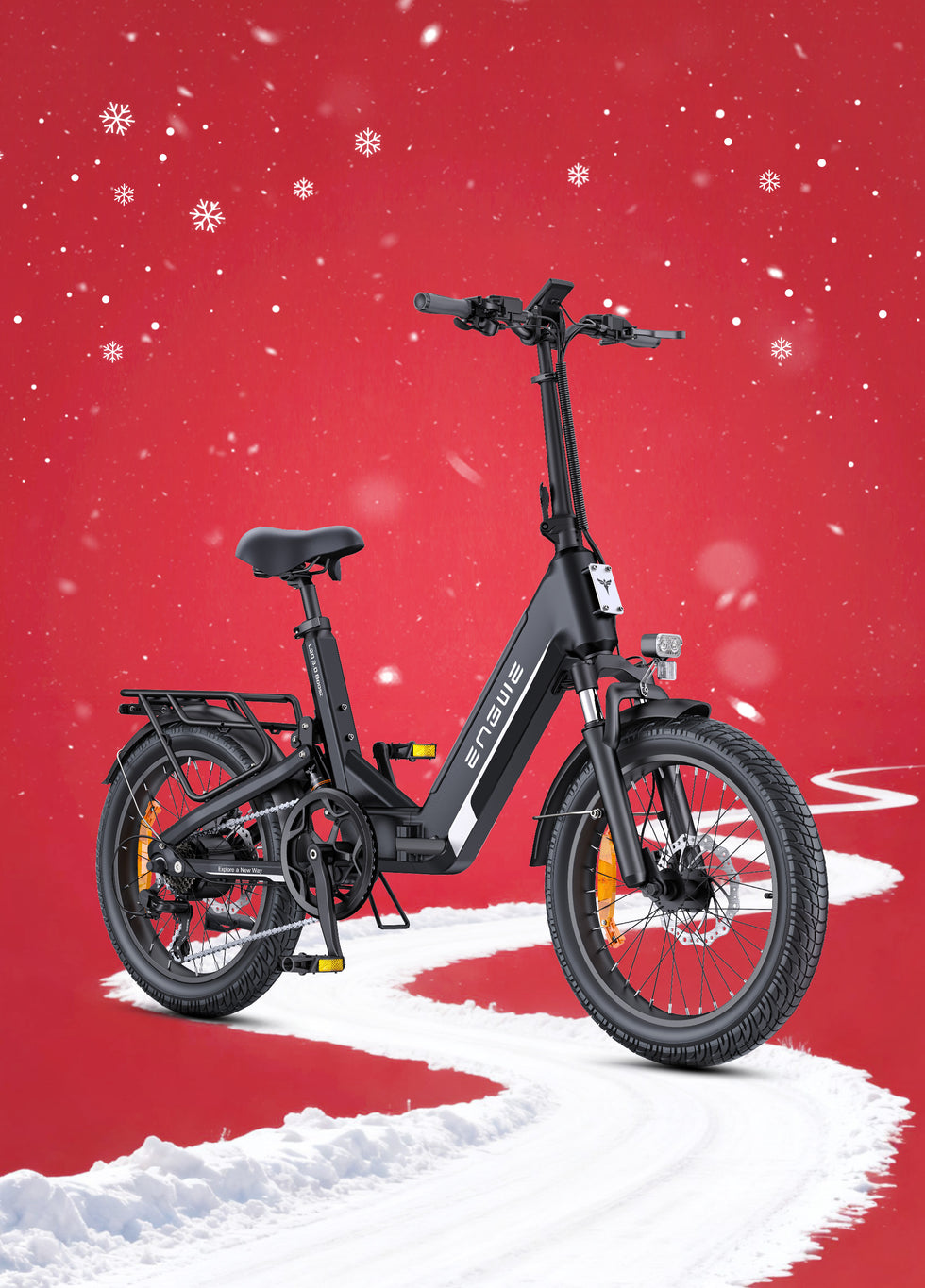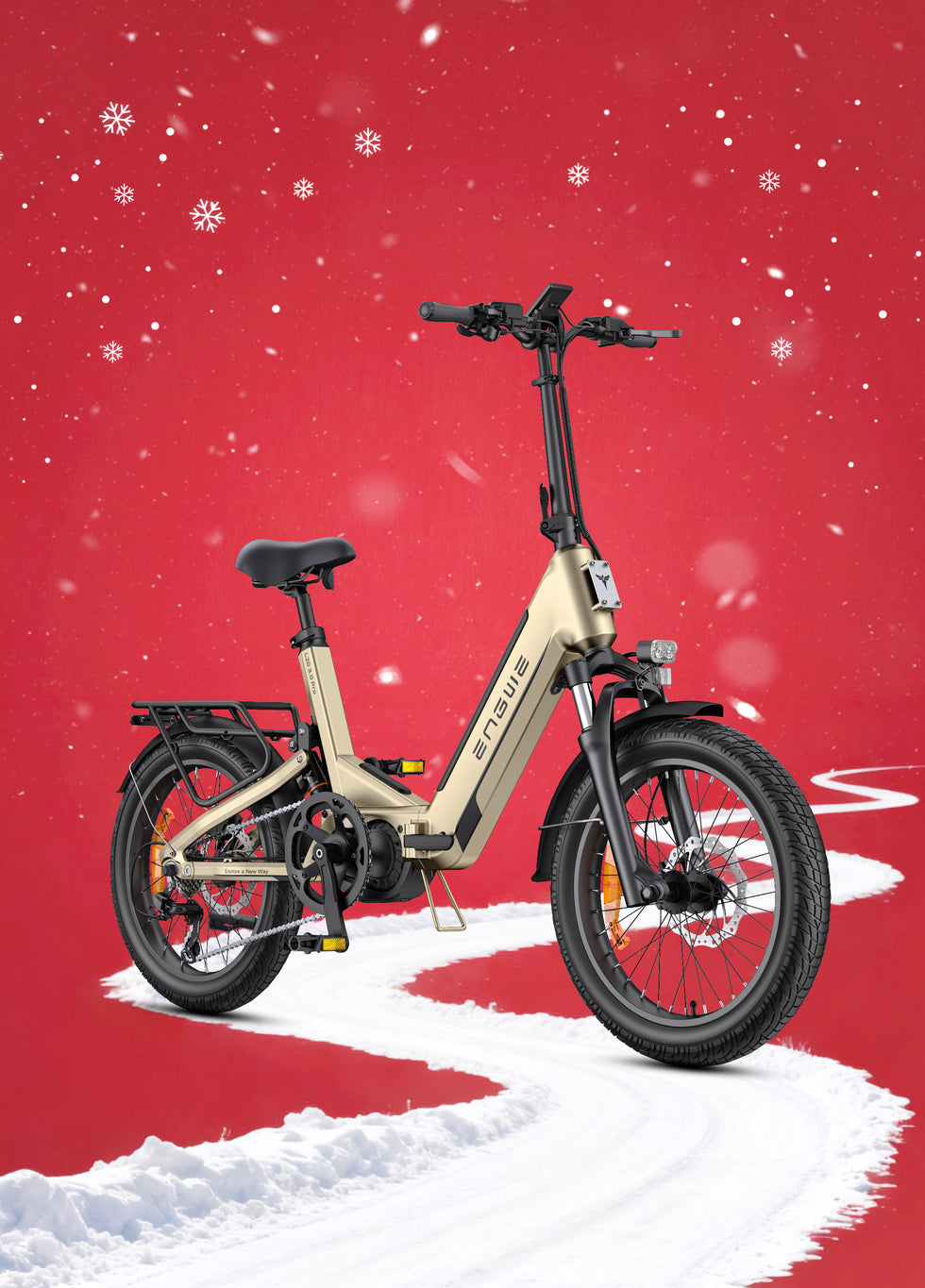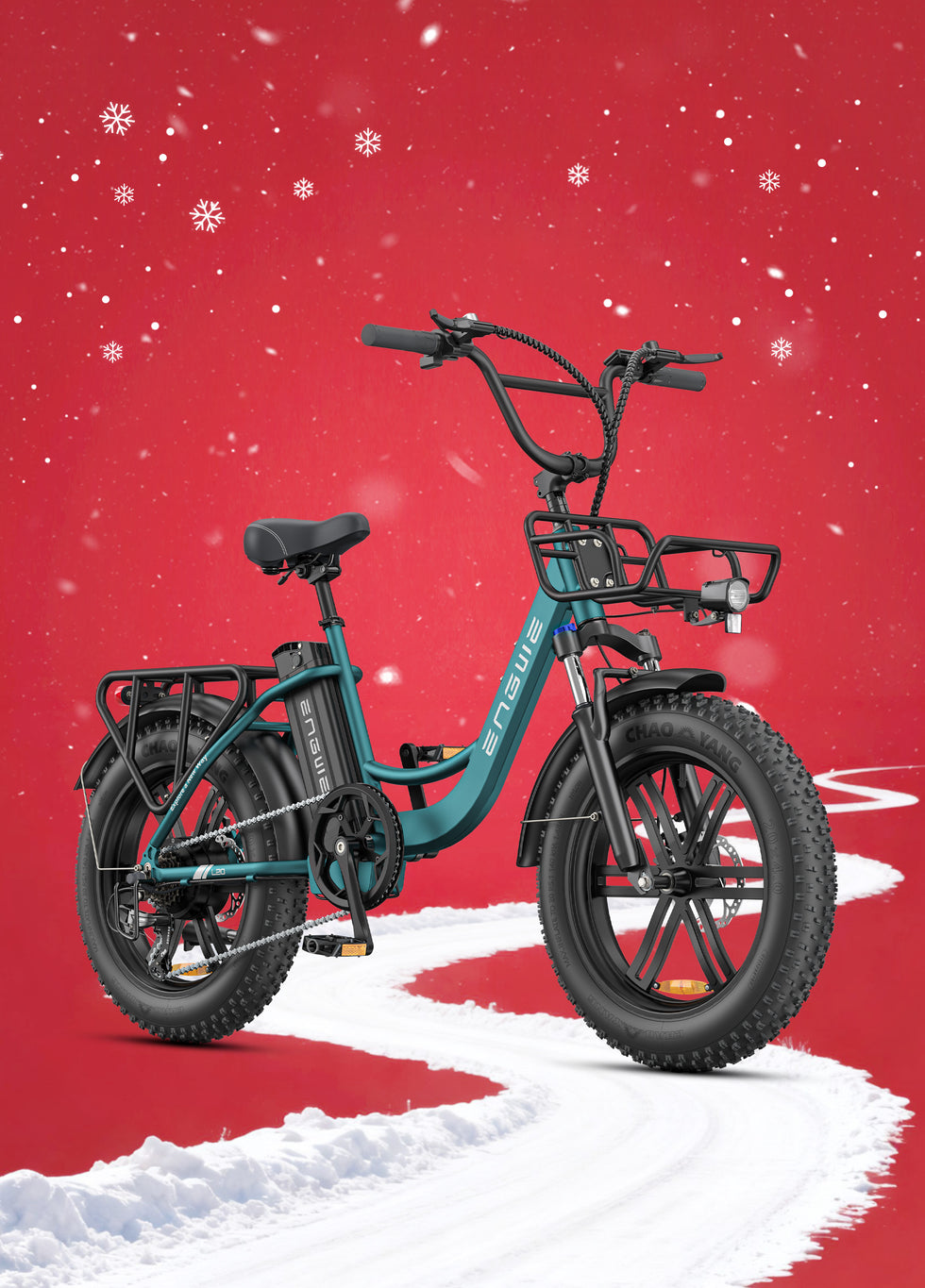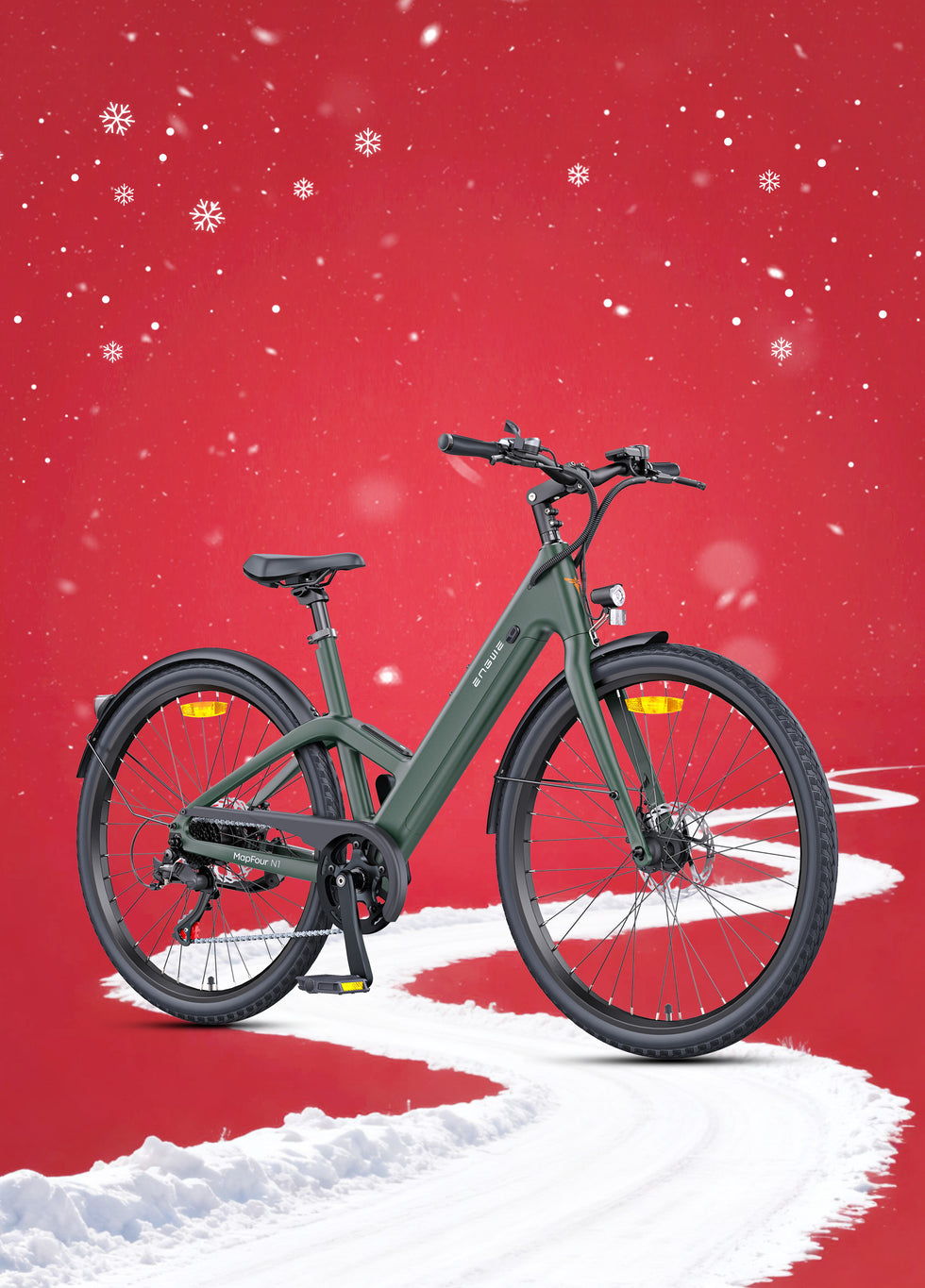The electric bike world is expanding faster than ever, but to many people who haven't ridden an e-bike before, one of the biggest questions is why different models vary so much in price. You may well find one model advertised for a couple of hundred quid and another costing more than a used car! The purpose of this guide is to clarify the confusion surrounding them. In this guide, we will dissect the biggest price factors, delve into what you can get for different budget ranges, and answer the important questions you should ask yourself before pulling the trigger. Our ultimate goal is to empower you with real-world knowledge of how an electric bike can actually help improve your life — in both a fun and practical manner.
What Contributes to an Electric Bike's Cost?
The components are the basics to understanding price. An electric bike is a lot more than just a mechanical contraption with a motor bolted on; it's essentially an entire system where each individual part's quality contributes to the combined performance and, further down the track, longevity and costs.
The Motor
It is the soul of the electric bike. There are two main types.
Hub Motors: These are built into the wheel hub, either front or rear. They are often lower cost and so are common on entry to mid-level e-bikes. They are versatile and ideal for everyday urban commuting or day-to-day cruising.
Mid-drive Motors: As its name suggests, these motors are mounted in the middle of the bike frame — where the pedals are — and they provide power that is transferred to the drivetrain. That equates to a more natural, balanced riding experience with better climbing performance and increased range. This is generally associated with more expensive, premium e-bikes.
Battery
This is arguably the most expensive single component. Its price is influenced by:
Capacity (Ah/Wh): Expressed in Amp-hours (Ah) or Watt-hours (Wh), the greater the capacity, the longer the range between recharges. This is a main cost-driver.
Brand: Cells from top name brands like Samsung, LG, or Panasonic are more likely to perform better and be safer, but they also cost more upfront.
Integration and removability are also key factors. A battery integrated into the bike frame is more aesthetically pleasing but significantly more expensive than an externally mounted one. Some models make it easy to pop the battery off to charge in your house or office, often coming at a cost premium.
Frame Material
Steel: Very strong and hardwearing, it's the heaviest option. Usually found only on the cheapest e-bikes.
Aluminium Alloy: The most commonly used material, offering a good blend of strength, weight, and cost. Aluminium frames are found on the vast majority of mid-range e-bikes.
Carbon Fibre: Carbon fibre is both lightweight and offers superior strength, making it perfect for high-performance road riding. Only the crème de la crème of performance and racing electric bikes use carbon fibre, which comes at a significant cost.
Brakes and Gears (The Drivetrain)
Brakes: Simple e-bikes might use rim brakes, but most now feature disc brakes. Mechanical disc brakes are reliable and inexpensive. Hydraulic disc brakes, found on many mid-range and high-end bikes, offer greater stopping power, more precise control (modulation), and require less maintenance. The size of the brake rotors (e.g., 180mm vs. 200mm) is also relevant; larger rotors dissipate heat better and provide more stopping force.
Gears: The quality of the drivetrain components, usually from brands like Shimano or SRAM, affects how efficiently you can change gears. A good gear system is essential for handling varied terrain.
Sensors and Technology
Cadence Sensor: This is the standard sensor on most entry-level e-bikes. It senses when you're pedalling and delivers a consistent level of motor assistance. It's essentially an 'on/off' system that can sometimes feel jerky.
Torque Sensor: This is a more advanced, accurate, and costly system found on quality electric bikes. It reads how hard you are pedalling and provides an equivalent amount of power. This provides a smooth and natural responsiveness that feels like an extension of your own effort.
Electric Bike Price Ranges — What You Get For Your Money
We can categorize electric bikes into general price ranges. Although pricing varies, these segments serve as a nice guideline for what features to expect.
Entry-Level: Under £1,000
These bikes are a gateway into the e-bike world. They are most suitable for short, flat rides and occasional use.
What you get: Typically a rear hub motor, smaller capacity battery (with generic cells), steel or basic aluminium frame, mechanical disc brakes, and a cadence sensor.
The trade-off: They'll weigh more, have a shorter operating range, and the power delivery can be less smooth. The overall longevity of components could become an issue with heavy use.
Best Buy: £1,000 - £2,500
This is the sweet spot for most riders, with a big step up in quality, performance, and features without spending the earth. These are bikes you can ride to work every morning and then load up with gear for the weekend.
What to expect: A stronger hub motor or even an entry-level mid-drive motor. You'll find larger capacity batteries with brand-name cells, aluminium frames, hydraulic disc brakes on some models, improved Shimano gearsets, and often integrated lights, mudguards, and a rear rack. Most importantly, some bikes in this tier feature torque sensors, providing a far better ride feel.
The top pick: This tier offers the perfect price-to-performance compromise for all but the most hardcore users.
Premium: £2,500 - £4,000
This range is for those who want high-end performance, extended range, and the best components possible. These models are aimed at enthusiasts, long-distance commuters, or the technologically demanding.
What you'll get: High-performance mid-drive motors from the likes of Bosch, Shimano, or Brose are standard. Large, integrated batteries for long range. You can expect to see top-end hydraulic brakes, high-end suspension, and lighter-weight aluminium or even entry-level carbon frames.
Ultra-Premium & Specialist: £4,000+
This is where the best of the best reside. This category includes specialist e-bikes that fill specific needs, like high-performance electric mountain bikes (e-MTBs), lightweight carbon road e-bikes, or heavy-duty cargo bikes designed to replace a car. The technology, materials, and engineering are top-notch — and so is the price.

Top 5 Brands to Consider
The market has a large number of brands, which can be difficult to navigate. Brand name can matter, so we've brought together five of the biggest names in the business to help get you started with great options across different price points.
Engwe
Engwe is known for offering a strong portfolio of feature-rich, powerful, and stylish electric bikes at a competitive price point. They excel in folding and fat tyre e-bikes — perfect for anyone looking for a versatile commuter that can handle city streets or light off-roading. They should be your go-to if value in the mid-range price category is what you are looking for.
A great example is the popular Engwe EP-2 Boost. This folding electric bike is packed with features that usually grace more expensive models. A standout element is its high-quality torque sensor, which makes every push of the pedal feel natural and responsive, a significant upgrade from the simple cadence sensors common in this price range. With its smart folding system, it can be packed away to fit in a car boot, on public transport, or at home. The 48V 13Ah removable battery is capable of up to 120 km in the most energy-efficient mode and can be easily removed for charging. 180mm mechanical disc brakes handle stopping, while the Shimano 7-speed gear system allows for smooth pedalling on any incline. The bike rolls on unique 20 x 4.0-inch fat tyres which, along with front suspension, ensure a stable and comfortable ride on everything from asphalt to gravel paths. It also comes with a tough rear rack, making it an excellent and versatile commuter.

Raleigh
A British stalwart, Raleigh has embraced the electric era. The range includes everything from retro-looking commuters to capable trekking models, all from a company with an enviable reputation for build quality and solid dealer support.
Rad Power Bikes
One of the largest electric bicycle brands in North America, Rad Power Bikes specializes in building high-capacity, utilitarian e-bikes. Their models are designed with an emphasis on value and practicality, often featuring fat tyres and high-capacity batteries that make them a serious choice for both commuting and recreation.
Specialized
At the high-end of the market, Specialized is a giant in the cycling world. Its Turbo series of electric bikes is famous for powerful yet silent motors, seamless frame integration, and a premium riding experience. They are expensive, but you get what you pay for.
Brompton Electric
The ultimate in urban portability, the Brompton Electric is in a class of its own for the last-mile commute. It's an ultra-portable e-bike built on its signature folding bicycle architecture. For commuting and combining bike travel with a train or bus, it's the perfect solution, although it comes at a premium price.
Answering Your 5 Key Questions
How do I shop for an electric bike on my budget?
First, assess your primary needs. Are you riding around the city, planning long-distance tours, or tackling off-road trails? Be honest about your typical journeys. Second, set a realistic budget in line with our price brackets, but be prepared to stretch into the mid-range for better long-term reliability. Third, focus your budget on what matters most: the motor and battery, as these dictate performance and range. Finally, take test rides if possible. The feel of a bike is subjective, and nothing beats trying it for yourself.
Are sub-£1,000 electric bikes any good?
Sure, they can be, but with caveats. A cheaper, simpler e-bike is an excellent entry point for a casual user who rides only once or twice a week on flat ground. For daily commutes, however, the shorter battery life, less smooth motor, weaker brake power, and overall weight can quickly become frustrating. The mid-range tier is the sweet spot, and spending a little more will usually result in a much better long-term ownership experience.
How much does it cost to operate an electric bike?
They're very cheap to run compared to a car or public transport, but they are not free. The major costs are the electricity to charge the battery (which is minimal, costing only a few pence for a full charge), and regular maintenance like brake pad replacement and chain care. A quality lithium-ion battery should last between three to five years or several hundred charge cycles before its capacity significantly degrades. You may also wish to invest in theft insurance.
What's the real difference between a torque sensor and a cadence sensor?
This is an important technical point that dramatically affects the feeling of the ride. A cadence sensor simply detects that you are pedalling and tells the motor to turn on at your pre-selected assistance level (e.g., 1, 2, or 3). It's like a light switch. A torque sensor is more intelligent; it measures how hard you are pressing on the pedals. The harder you push, the more assistance the motor provides. If you pedal gently, the power is reduced. This results in incredibly smooth and intuitive power delivery, which also improves efficiency and extends battery range. It is one of the most crucial features that separates good e-bikes from basic ones.
Can I get an electric bike on the UK's Cycle to Work Scheme?
Yes, absolutely. The Cycle to Work Scheme in the UK is a great way to reduce the initial cost of purchasing an e-bike. It allows you to buy a bike tax-free through your employer, saving you between 25% and 42% on the total cost, depending on your tax bracket. You pay for it through salary sacrifice over a set period. The scheme is widely supported by many bike shops and online retailers and is one of the most affordable ways to finance a top-quality e-bike.

Your Journey to the Perfect Ride
The most important part of the journey to purchasing an electric bike is understanding what you get for your money. An e-bike's price isn't arbitrary; it's a direct reflection of the technology in the motor and battery, the quality of the components, and the engineering that goes into the frame design. When you understand the factors that contribute to the overall cost, you are no longer just a consumer — you become an educated buyer. Determine your needs, establish your budget, and focus on the core elements of a safe, reliable, and fun ride. Armed with this information, you should be well-equipped to confidently navigate the market and find the perfect electric bike that will last for years to come.
